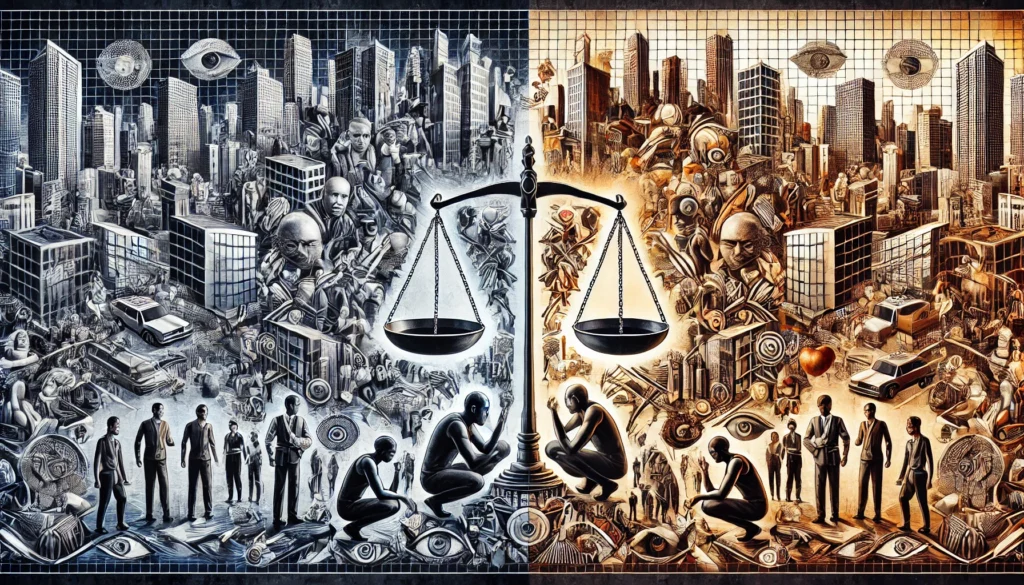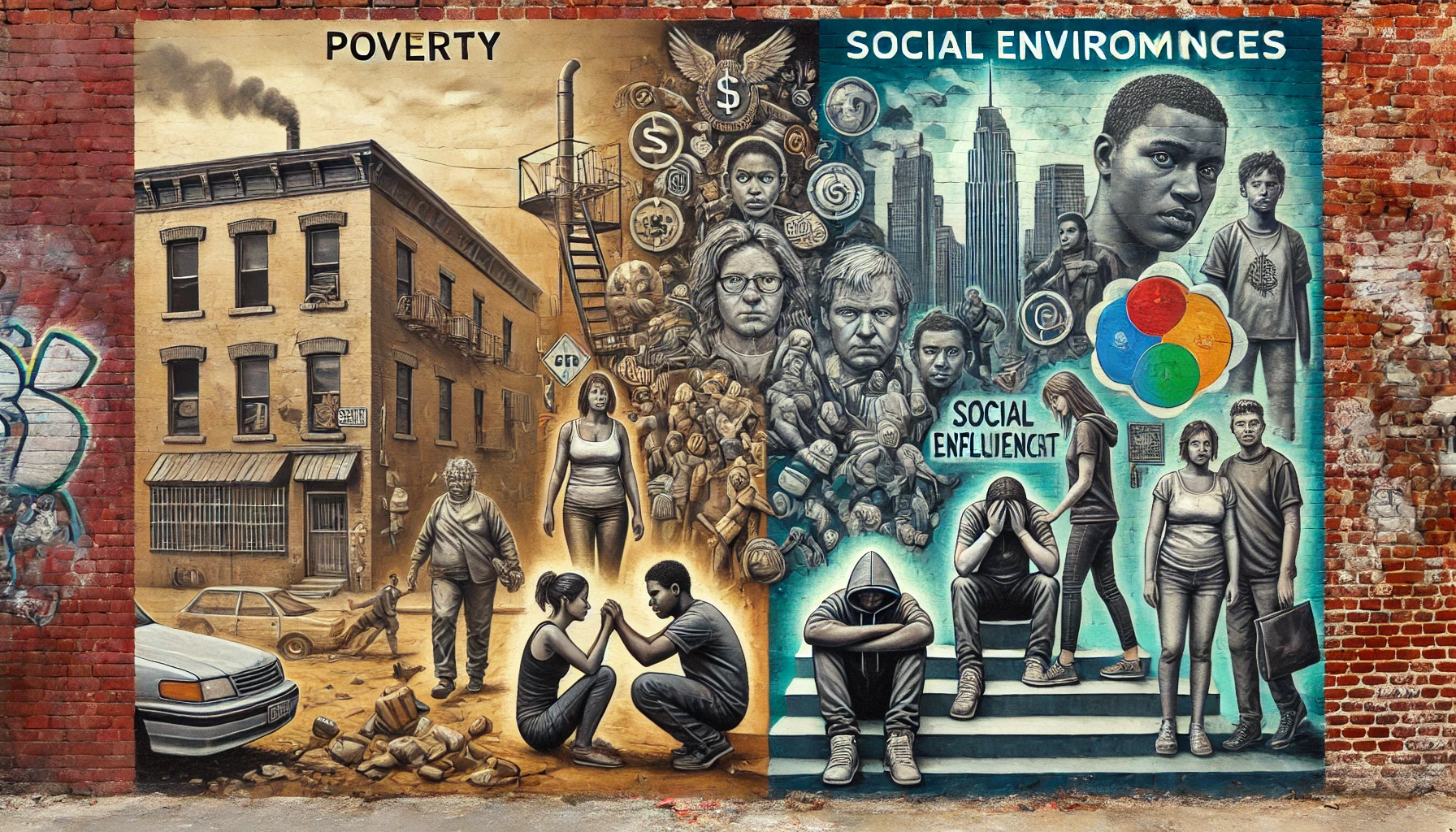Criminology is a multidisciplinary field that seeks to understand the causes of criminal behavior and the societal responses to crime. Among the various determinants of crime, social factors play a significant role in shaping individual behavior and societal norms. This article explores key social factors in criminology, focusing on how they influence criminal behavior and their implications for criminal justice policies.
1. Family Structure and Dynamics
The family is often regarded as the primary socializing agent, making its structure and dynamics crucial in criminology. Dysfunctional family environments, such as those involving abuse, neglect, or lack of supervision, can increase the likelihood of criminal behavior. Children raised in broken homes or with absent parental figures may develop behavioral issues that lead to delinquency.
Parental Influence
Parental behavior and attitudes significantly impact a child’s development. Studies indicate that inconsistent discipline, parental criminality, and lack of emotional support are associated with higher rates of juvenile delinquency.
Sibling Relationships
The influence of siblings in a family setting also plays a role. If one sibling engages in criminal behavior, it may normalize such actions for others within the same family unit.
2. Socioeconomic Status
Socioeconomic factors, including poverty, unemployment, and lack of access to education, are among the most cited social determinants of crime. Individuals in disadvantaged communities often face limited opportunities, leading to frustration and, in some cases, criminal behavior.
Poverty and Crime
Poverty creates an environment where individuals may turn to illegal activities as a means of survival. The strain caused by economic hardship often leads to social unrest, which can manifest as increased crime rates.
Education and Employment
Lack of education and employment opportunities is another critical factor. Education serves as a protective factor against crime, providing individuals with skills and opportunities to lead productive lives. Conversely, unemployment and job insecurity can drive individuals towards criminal activities.
3. Peer Influence and Social Networks
Peers and social networks are influential during adolescence, a critical period for identity formation. Associating with delinquent peers significantly increases the risk of engaging in criminal behavior.
Group Dynamics
Group behavior often leads to a diffusion of responsibility, where individuals feel less accountable for their actions. This phenomenon is common in gang-related activities, where loyalty to the group outweighs adherence to societal norms.
Social Learning Theory
According to social learning theory, individuals adopt behaviors observed in their social circles. If crime is normalized within a peer group, members are more likely to engage in such behavior.

4. Cultural and Community Influences
Cultural norms and community characteristics heavily influence crime rates. Communities with high levels of social disorganization, characterized by weak social ties and lack of collective efficacy, often experience higher crime rates.
Urbanization and Crime
Urban areas, due to their dense populations and diverse demographics, often see higher crime rates than rural regions. Factors such as anonymity, inequality, and cultural clashes contribute to this phenomenon.
Collective Efficacy
Collective efficacy refers to a community’s ability to regulate behavior through mutual trust and shared values. Communities with high collective efficacy tend to have lower crime rates, as residents work together to prevent criminal activities.
5. Media and Technology
In today’s digital age, media and technology have emerged as significant social factors influencing crime. Exposure to violent content, cyberbullying, and online radicalization are modern challenges in criminology.
Influence of Violent Media
Research suggests that prolonged exposure to violent media can desensitize individuals to violence, potentially increasing aggressive behavior.
Cybercrime and Online Communities
The internet has created new opportunities for crime, including cybercrime. Online communities can also foster criminal behavior, such as hate groups or illegal marketplaces.
Implications for Criminal Justice Policies
Understanding social factors in criminology is essential for developing effective criminal justice policies. Strategies aimed at strengthening family support systems, improving access to education and employment, and fostering community cohesion can help mitigate the social determinants of crime. Additionally, addressing the influence of media and technology requires updated legal frameworks and public awareness campaigns.
Conclusion
Social factors are integral to understanding the complexities of criminal behavior. By addressing issues such as family dynamics, socioeconomic challenges, peer influence, cultural norms, and technological impacts, society can take significant steps toward reducing crime. Criminologists and policymakers must work collaboratively to implement strategies that address these root causes, fostering safer and more equitable communities.

